by Noah Rayman
The violence that erupted this week in South Sudan following an apparent coup casts a shadow over the nascent country’s future. As the fighting spreads — roughly 500 people are already dead amid reports of grisly ethnic killings — foreign observers are warning of civil war.
“The scenario many feared but dared not contemplate looks frighteningly possible: South Sudan, the world’s newest state, is now arguably on the cusp of a civil war,” the Brussels-based International Crisis Group said on Wednesday as clashes continued across the country. The violence has escalated in the volatile Jonglei state, where a U.N. peacekeeping base came under attack on Thursday, Reuters reports.
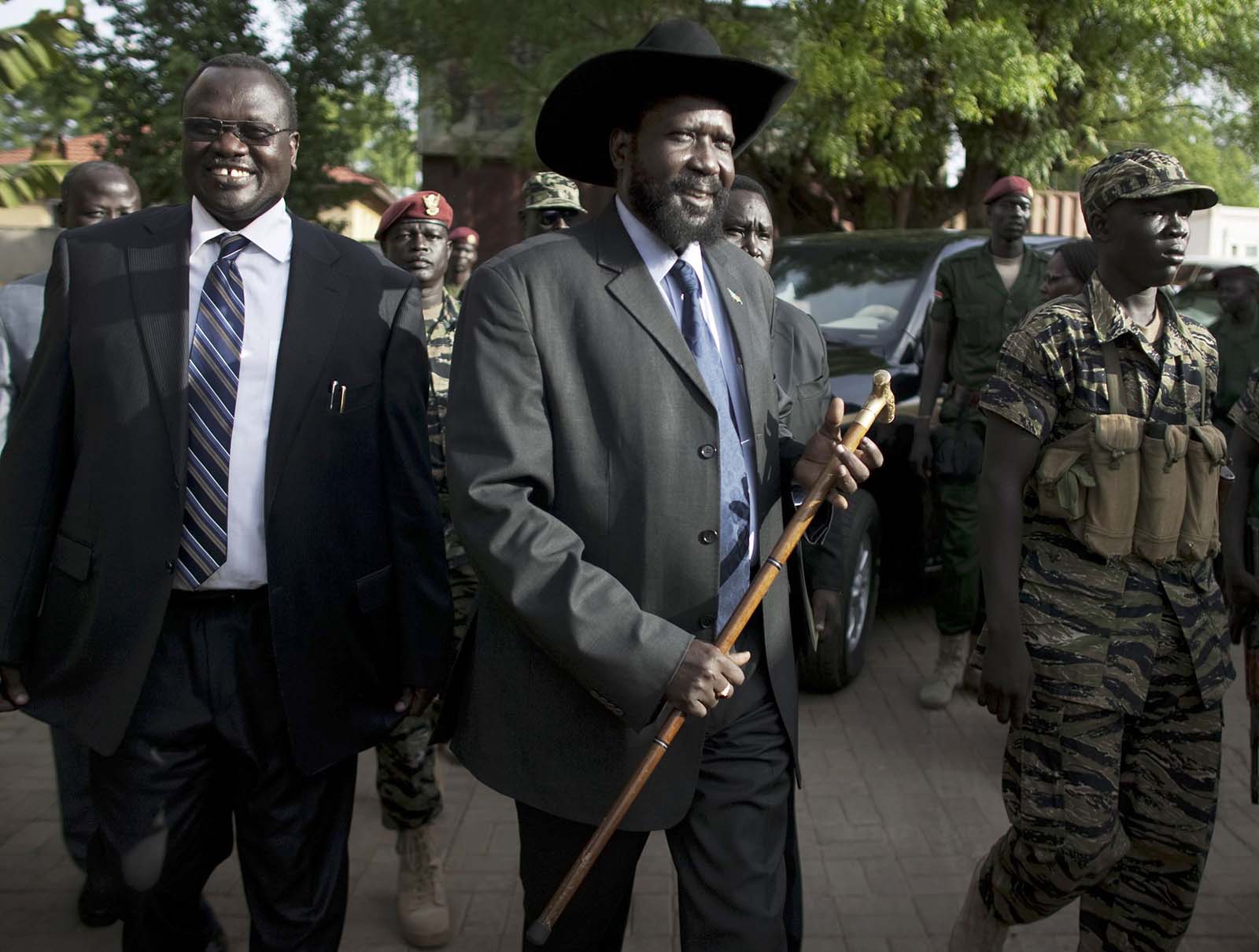
Founding an independent state is never easy, but South Sudan may have it particularly bad: leaving aside reports of already endemic corruption, the country comprises myriad feuding tribes, is impoverished, landlocked, undeveloped (it began two years ago with only 110 km of paved road in a landmass the size of France), and tensions blow hot and cold (mostly hot) with neighboring Sudan to the north. Plus, for better but also definitely for worse, South Sudan has oil.
Here’s what you need to know about the current crisis:
What is South Sudan?
South Sudan became a country in 2011 following a referendum that saw 99% of voters support independence from Sudan. Unlike the mostly Muslim north that, in many ways, identifies with the Arab world, South Sudan is primarily Christian or animist and is more closely associated with sub-Saharan Africa. The official languages are English and Arabic, but its roughly 11 million people speak more than 60 indigenous languages.
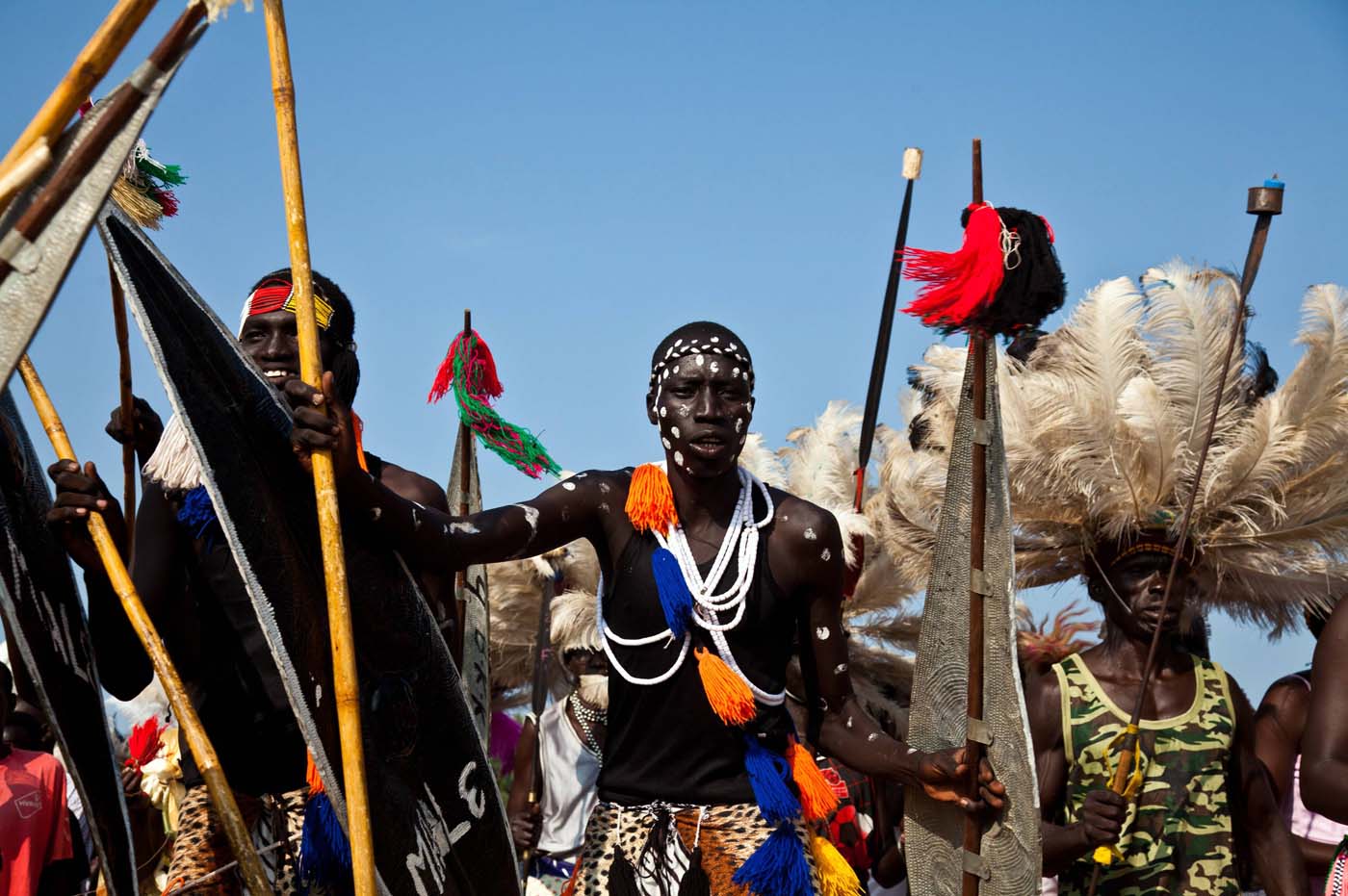
The country is very poor and ranks among the lowest in the world on human-development indexes. When it became its own country, less than 1% of its population had access to electricity, and it had the lowest female literacy rate in the world. Its lack of nearly any substantive infrastructure means improvements are far down the road.
But it also has enormous economic potential. South Sudan sits on three-quarters of the two Sudan’s total oil reserves — oil initially provided 98% of the country’s revenue — and foreign investment (read: China) is flowing in to help take advantage. The country also has an abundance of cattle, fertile land, timber and — especially following an influx of immigrants from neighboring countries — labor.
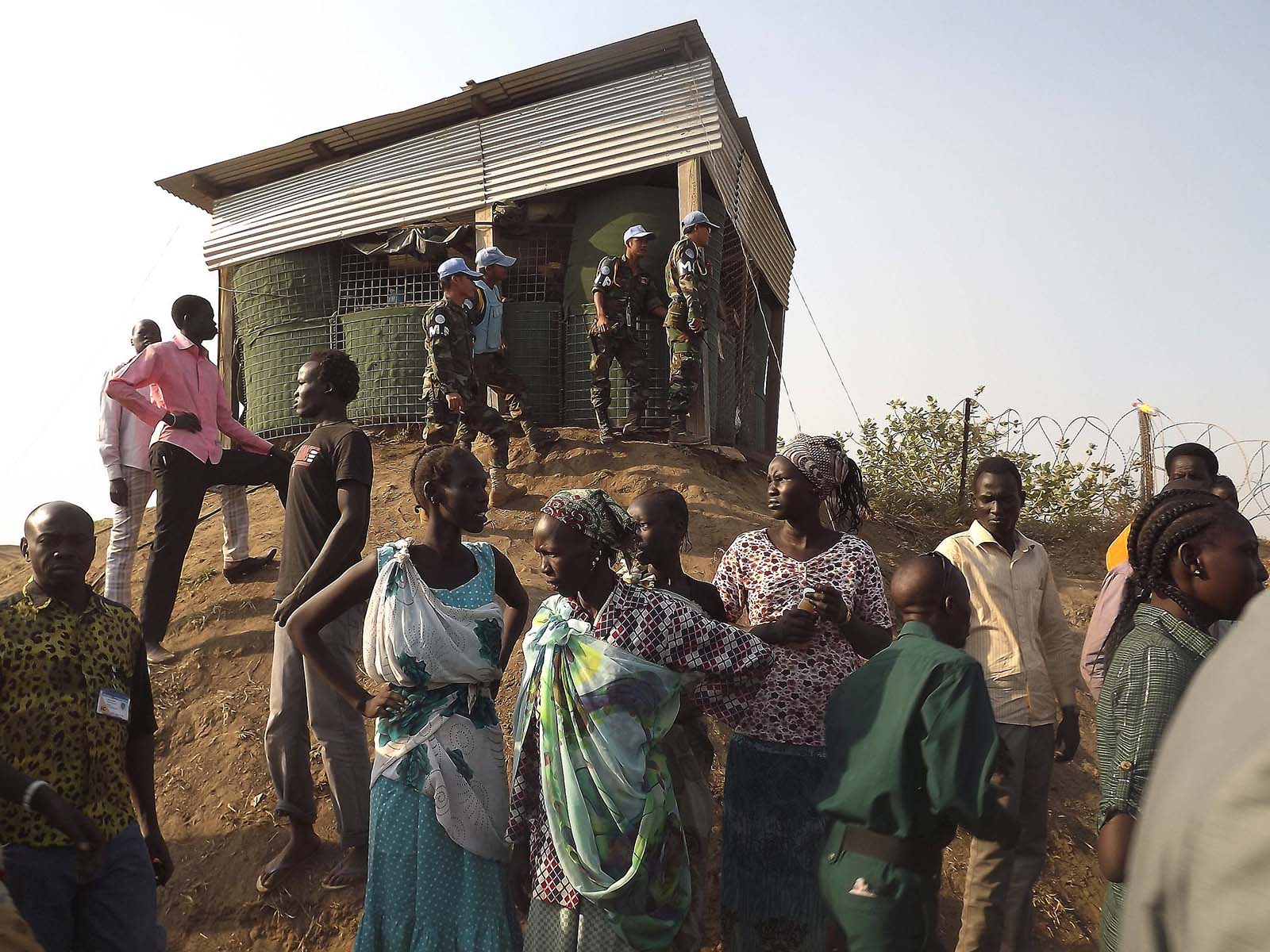
So Sudan just let it go, like that?
No. An insurgency populated by various rebel militias clashed in Khartoum in the late 1950s and ’60s, and then resumed again in 1983 in what is considered, combined, the longest-lasting conflict in Africa. It has left some 2.5 million people dead.
In 2005, as international pressure mounted amid reports of massacres in Darfur, the two sides reached an agreement imparting the South with autonomy until a referendum could be held. The separatist movement known as the Sudan People’s Liberation Movement (SPLM) and its armed wing transformed into the formal regime of the autonomous and then independent state. Tensions have since simmered over disputed territory and South Sudan’s oil exports, which go through Sudan’s pipelines, and proxy battles rage between rebel groups on each side of the contested border. But outright war has been avoided, so far.
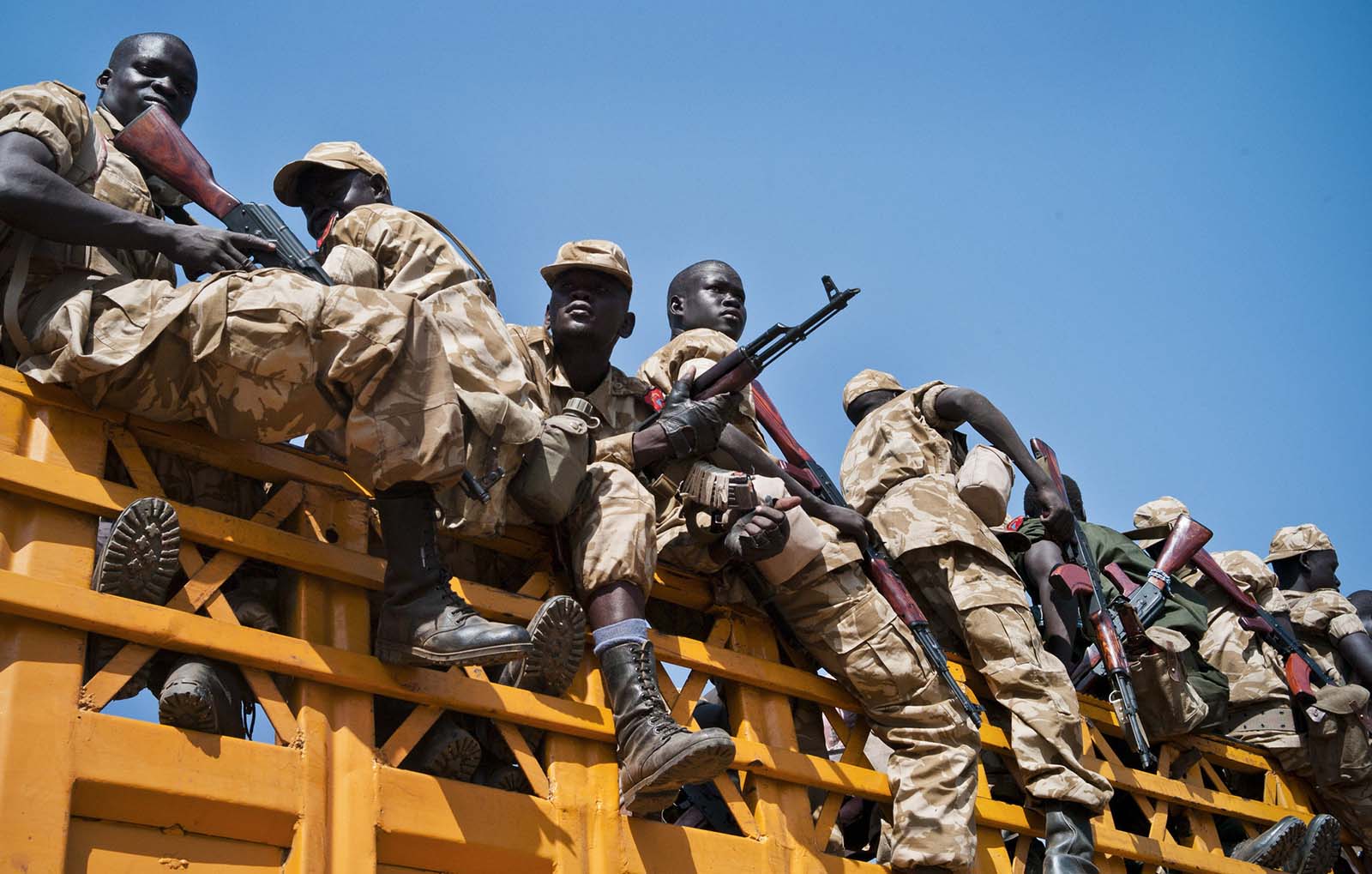
But now they’re independent. What’s the fighting about inside South Sudan?
Relative peace with its neighbor has magnified the political divisions in the new country. President Salva Kiir, a shrewd politician, has maintained his post at the head of the South Sudanese political establishment since 2005, despite growing power struggles within the ruling SPLM party. In July, Kiir took the radical step of dismissing his entire Cabinet as well as Vice President Riek Machar, who is considered a likely candidate in 2015 presidential elections.
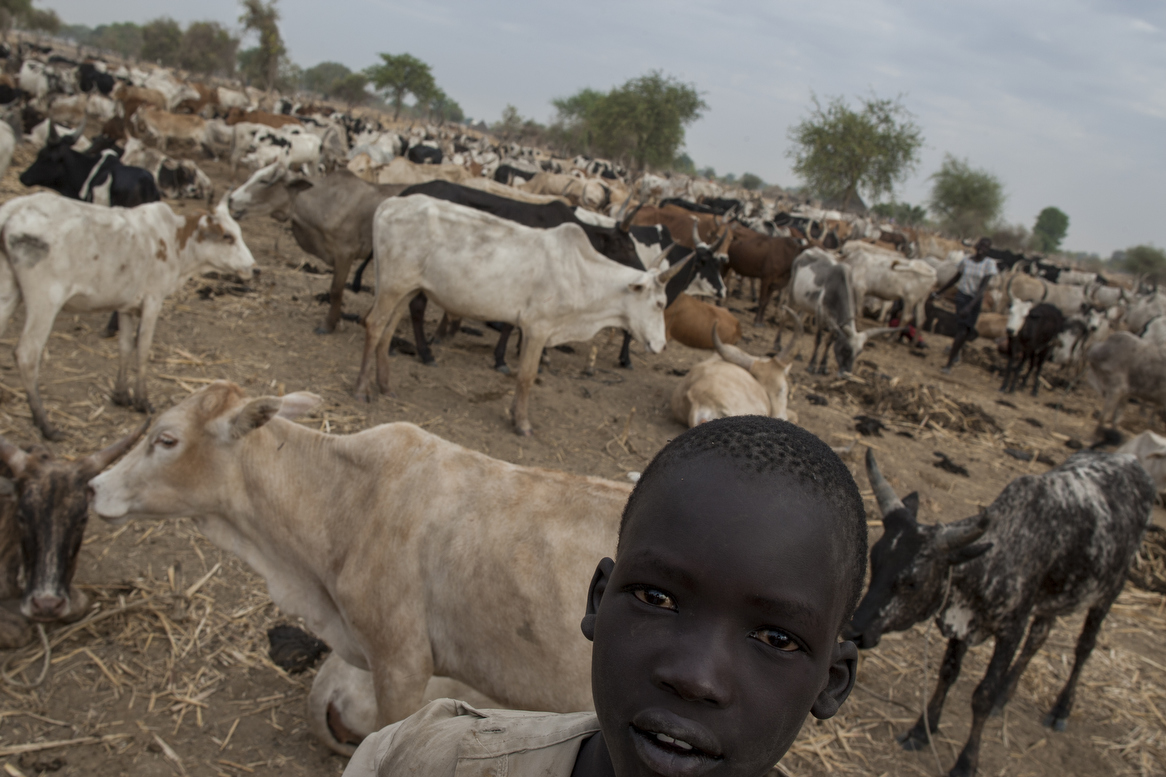
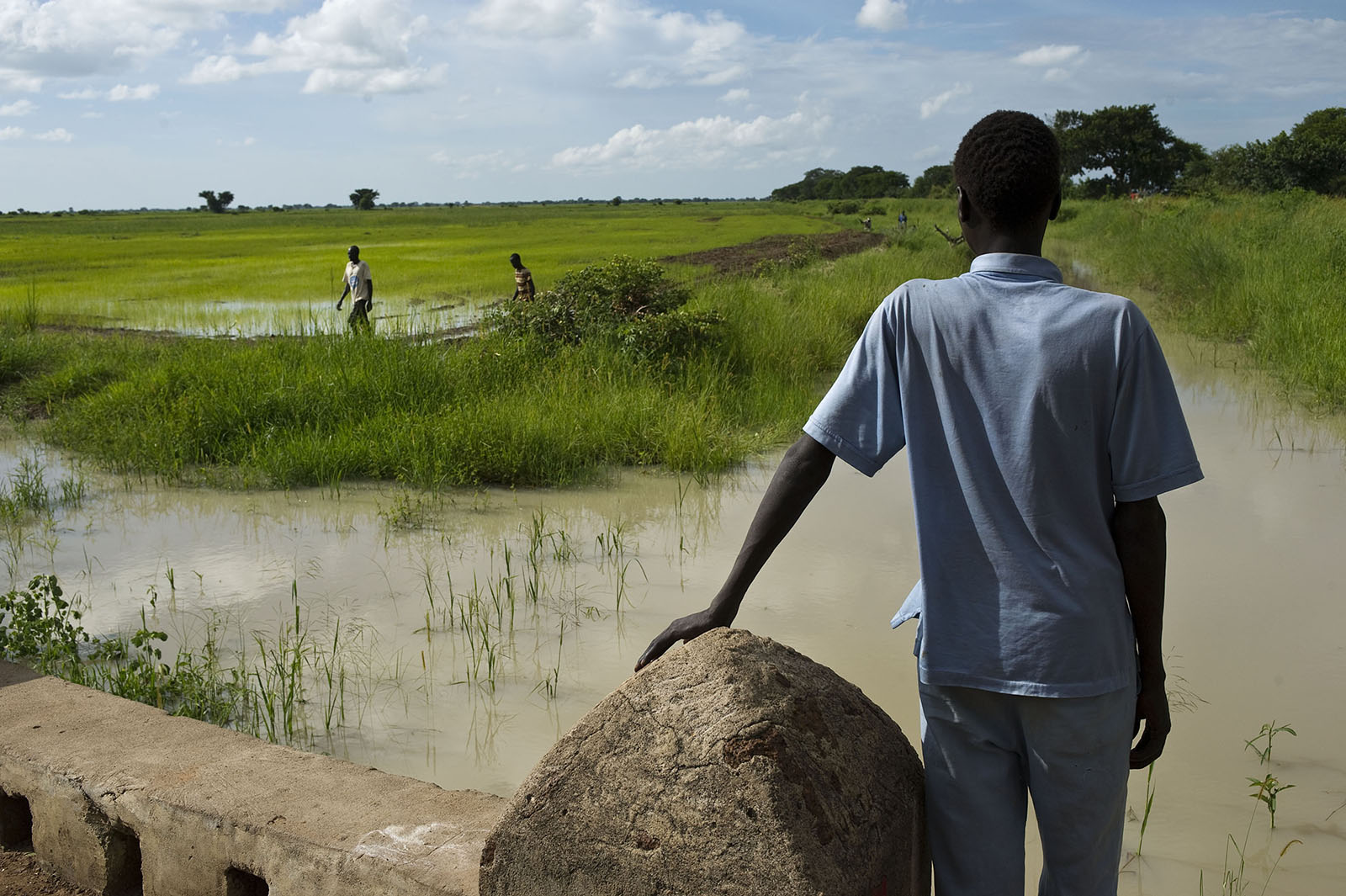
(Photo Credit: UNMISS Photo/Staton Winter)
Read the full report at Time Online







